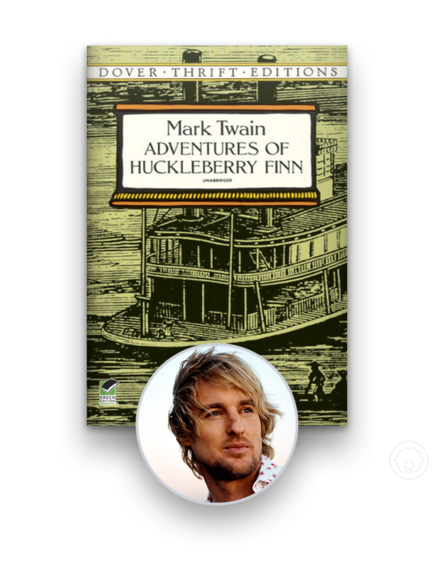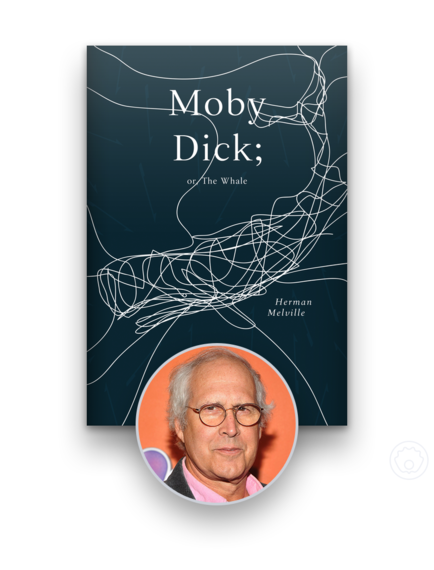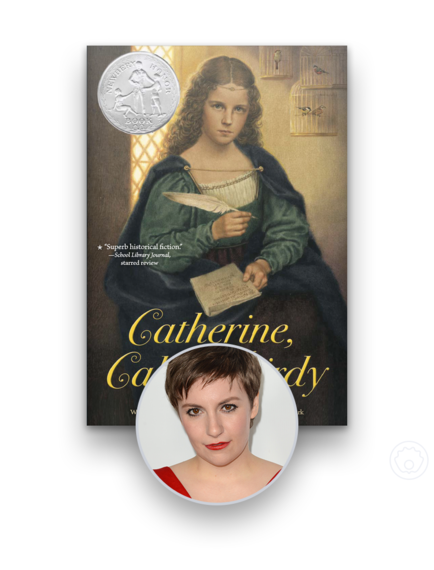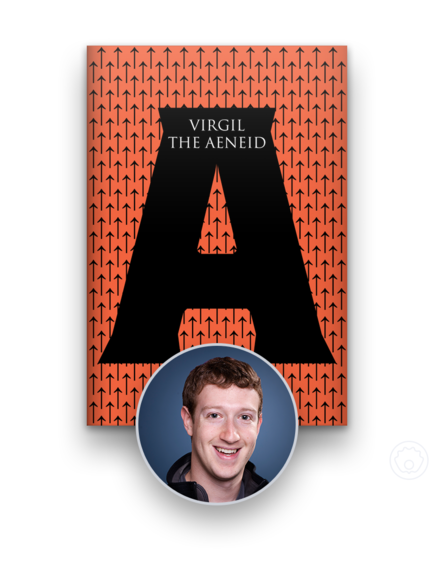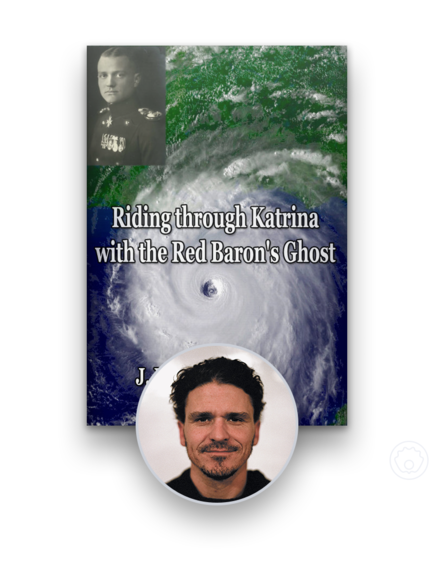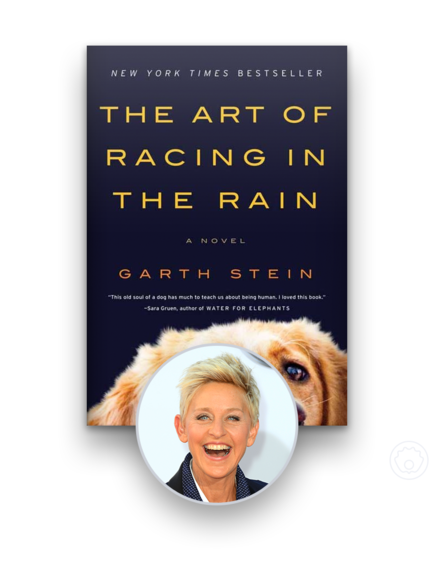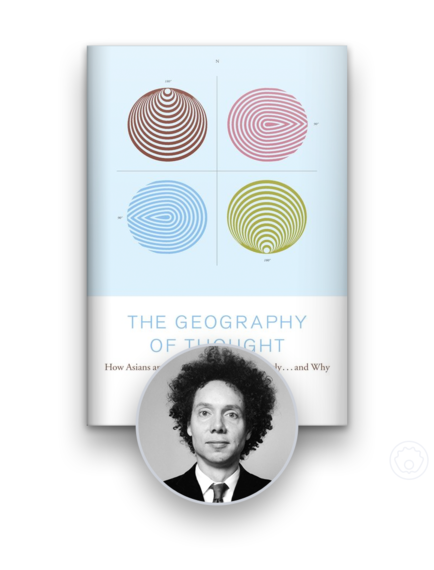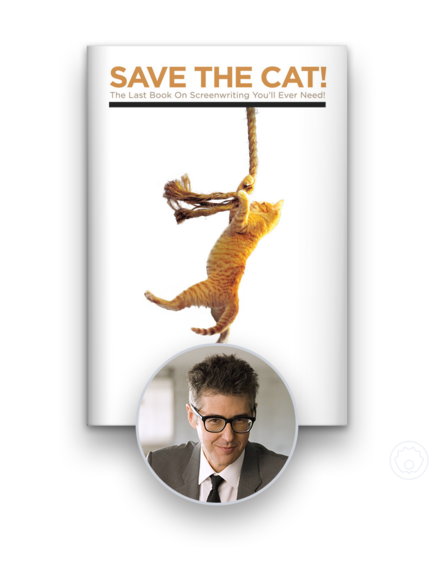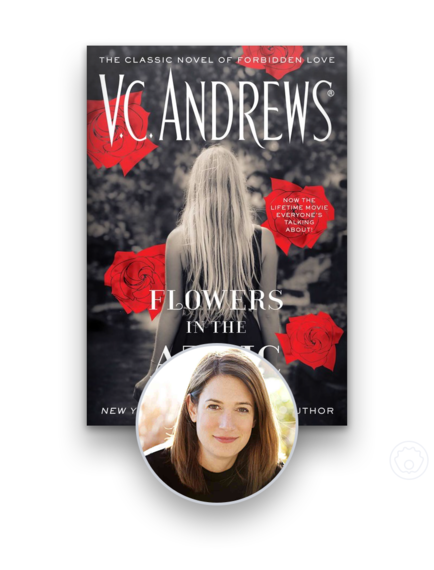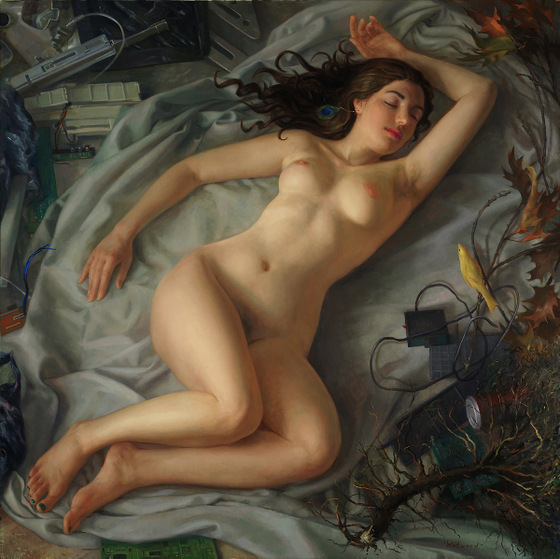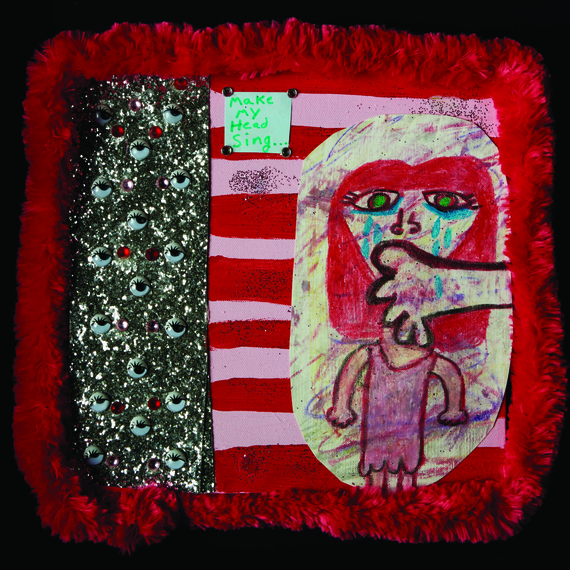![2014-06-23-jfrede_after_malevich_new.jpg]()
Shortly after my essay "
After Malevich" was posted here on the Huffington Post my long time friend and fellow artist Joseph Imhauser emailed me the following.
"hey j can you send me some detail info about the After Malevich piece as well as the sound pieces you made while there?
I am starting to see an exhibition forming, with one or two other artists involved... all working with conceptual structures and the potential of affect... maybe working from that as a starting point for writing about it"
Over the following months the exhibition began to take shape. Imhauser had spent a year between Paris and Berlin and through unassociated research had begun to contemplate the ebb and flow of a cities bliss and tragedy, especially cities as old as Paris and Berlin whose pasts were romanticized for their highs and scared for such lows.
The title, Joy Syringe, came from these contemplations.
"Joy Syringe -- happiness in a tube -- a prescriptive bliss of temptatious fixed focus. Works of art engage the bell curves of dominance and narrative, gifting small revelations that oscillate between trauma and ecstasy. The messages they dispatch slide between coherency depending upon their present and future tense. Each piece on display becomes a plume on the fusion of horizons[1] performing as thickener in the starched dopamine haze of desire. A bridge OR a gap, a fissure AND a fusion - singularities calcified in-between. Tabula Rasa's becoming objectified aides of clarification. Burn the frost. No more ice. Same as it ever was. Same as it ever was."
Rheims Alkadhi
Nancy Barton
Sofi Brazzeal
j.frede
lyeberry
Taro Masushio
Antje Rieck
June 28 - August 2, 2014 | Opening Reception: June 28th
321 Gallery - 321 Washington Ave. Brooklyn, NY 11205
321gallery.org
Joy Syringe is a pollination exhibition of the London Biennale.
Rheim Alkhadhi :
Monolog: I Am/Man" (or "Plot") Text, Recorded Audio and Photographs
I've found refuge in this city now for a year, a month, and seventeen days, worshipping nighttime and praising god for able legs that carry me to deeper corners, leaking and runny with the primal waste I apply second-and third-handedly to a description of my condition. I take intermittent shelter in a cement enclosure formed by the space between buildings, or nestled along neglected urban stairwells, feeling around their surfaces for any hole to put my meager belongings, my tins, pricks, and pins in. Nearly never hungry, this is a capital city for someone like me, where bread grows on trees, in pods of translucent and black plastic bags hung from stiff bare branches, the fruit of staling, molding charity -- gracious, we are still not devoid of the miraculous -- about whose origins I am content to remain ignorant.
Sometimes charity offers its example in a refuse heap consisting of butcher's bones and offal, and I gladly battle mobs of flies to scoop handfuls, my fingers spread to form a coarse trowel, into my pockets, and I take a moment to remind myself the shape of my genitals, measuring length and texture with the goods I have only now acquired by grace of god. I rise and move swiftly like a global empire guard, anxious with desire, perverting structures of knowledge, power with each silent step while I chew on the stub of an expired American cigarette, a relative of my gold-tipped finger. And as an antidote to boredom, to feed this hunger for control over my profane sanctuary, my mania, I scrape oils from her enfolding skin using a utensil fashioned from pliable metal, and smear my findings like madness, sebum and oil, across the dry planar round of the day's bread just before demolishing it, thanks be to god or anyone who will listen. My hands excitedly and nervously rummage through layers of clothing until I am well underneath and atop a by-now filthy dermal wall. I am wretched, lousy, desperate for an aperture, and I find one after what seems like an prison sentence; I wrench it wide open and enter, pushing my index and middle fingers inside, searching for something I can collect and carry off with me.
picturesclerk.net
![2014-06-23-rheimalkadhi_theatrefrontrow_.jpg]()
![2014-06-23-rheimalkadhi_theatremidrow_.jpg]() Nancy Barton
Nancy Barton :
Assisted Living, 1 & 2 Photographs
The photos are titled "Assisted Living, 1 & 2" They among the last photos I took of my mother, with whom I did a series of projects based on her early wish to become an opera singer. In the earlier series, I created performance posters of her singing the title roles of La Gioconda, Salome, Lucia di Lammermoor, and other tragic operas. She sang in public for the first time in 40 years along with the exhibitions. However, her favorite operas were those of Wagner, which she, as a soprano, was not able to sing. In the last years of her life, she was no longer able to sing, at which point Wagner came within our reach. These images are less directly a translation of a specific opera, and more of an attempt to embody some of the contradictions and pleasures of tragedy.
I saved the hair from the last haircut I gave my mother. After her death, my own hair fell out copiously. This idea of letting go, as hair is released from the body and yet remains a part of it, seems somehow appropriately part of this story.
![2014-06-23-NancyBarton_AssistedLiving_1_small.jpg]()
![2014-06-23-NancyBarton_AssistedLiving_2_small.jpg]() Sofi Brazzeal
Sofi Brazzeal :
Drawings
Who knows how drawing operates or what conflicting orders it sends when it takes you in, or when you take it up. I made this cut-up about "drawings,"
Torn from the English translation (Frechtman) of Jean Genet's A Thief's Journal:
From all the areas of shadow, I drew a nocturnal universe / I draw attention to one of those lacerations -- horrible, for I shall provoke them despite the danger -- by which beauty was revealed to me. / I drew the most disturbing image so that my anxiety might grow / The hero...is lovingly drawn...almost always nude or obscenely dressed / to draw to himself the most unexpected, the most unhappy situations. / Realizing that it was through me that he had to act, I attached myself to him sure of drawing strength from the elementary and disorganized power that shaped him / a genuine bandit, capable, and by himself alone, of drawing me, almost carrying me, into that frightening world from which I believed he had emerged. / In the street, if he drew me to him, with his arm as if to embrace me, a brutal push of the same arm would shove me aside. / He draws his strength from the certainty of his right to occupy this conquered furniture /And the strength I draw from it, is meant only to ruin me and save him. / A few women drew up and some men. A circle gathered around us. A fight seemed inevitable. / The mother drew him to her, or drew herself to him / I went back to the museum several days in succession and stayed for hours in front of the books, drawing as best I could.
sofibrazzeal.com
![2014-06-23-sofi_brazzeal_sanssuziejsuissanssouci.jpeg]()
![2014-06-23-sofi_brazzeal_recorderlesson.jpeg]()
j.frede :
After Malevich
I knew I had to address Kazimir Malevich while I was here. I have recreated his famous Black Square painting using the snow and the dark ice of the Baltic Sea beneath it. Approaching the execution of the piece as an action and documenting the process and event with video as well as photographs taken by Mikhael Sator. The location has been chosen as point Azimuth Zero (N 59.99702° E 29.79213°) Made in conjunction with the Russian collective ACHROM SYMPOSIUM.
I have recreated the work to the exact dimensions of the original painting and carefully removed all of the snow from the ice's surface. That which remains is a visual reference to the 1915 milestone painting. The final work will consist of a photograph that is to be cropped and printed to the size of the original Black Square painting along with the video document of the action. During the filming of the action the were deep booms in the distance which sounded much like thunder and was caused by the shifting ice further out at sea.
The work was made using snow for a few reasons. The sentence "it wants to have nothing further to do with the object" in the above quoted text encouraged me to make something temporary that would pay homage without a continued existence outside of the photographic evidence of its creation. I also enjoy the thought that this snow has fallen time and again for ages on this land and possibly fell during Malevich's time in Saint Petersburg (there are likely meteorologists rolling their eyes as they read this, but please forgive me I am a romantic).
I enjoy the thought that this work will continue to fall, for ages.
Text taken from the aforementioned essay of the same name. This work was made possible by the support of the National Center for Contemporary Art - Saint Petersburg, Russia (Kronstadt)
jfrede.com
![2014-06-23-jfrede_after_malevich_3_1.jpg]() Lyeberry
Lyeberry :
Luckyday
Stitching together footage from years of independent accumulation, lyeberry is pleased to present lyeberry #13: luckyday, an evening screening of new video works by Akina Cox and Joseph Imhauser. Pairing ordinary moments and everyday rituals with investigations into structured belief systems, lyeberry focuses attention on Camp Mozumdar, a retreat in Crestline, CA. Currently owned by the Unification Church, the utopian center has been the site of several experiments in communal living for over 80 years. lyeberry #13: luckyday reflects on the sense of belonging and comfort these inclusive communities provide, as well as the dichotomy often produced between the believers and the outside world. Through quilting, editing, and other handmade gestures of care, lyeberry suggests that while beliefs come and go, the communal gatherings and shared moments are the valuable experiences of all societies, utopian or not.
lyeberry.com |
josephimhauser.com |
akinaruthcox.com
![2014-06-23-lyeberry_image2.jpeg]()
![2014-06-23-lyeberry_image1.jpeg]() Taro Masushio
Taro Masushio :
The Place Between Our Bodies
The work is as much about amorousness as time and space. It traces the distance between two individuals (would be partners in crime, in LA and New York), collapsing the three dimensional space onto a two dimensional plane, which will eventually be rendered back to a three dimensional form. The method is this; "cameras" are sent via united states postal service system from point A to point B then returned back to A, all the while recording the entire trip on sheets of light sensitive material, it will, then, be printed and take on sculptural form.
taromasushio.com
![2014-06-23-Taro_masushio_letters1.jpg]()
![2014-06-23-Taro_masushio_letters2.jpg]() Antje Rieck
Antje Rieck :
SkinnyTable, I & Skinny Table, II
The esthetic is breaking up (of the pure image), the firm form, the supporting surface, the thin membrane.
Into the awareness and Spiegelung -- reflection, of the principle of parallel universes, the infinite growth and repetition of ourselves, thought, idea, which in their interference appear as one (Fred Alan Wolf and Heisenberg/Unschärfeprinzip).
This creative principle is represented through the Crystal Growing Sculptures, a series of installations I initiated in 2008. A research in many ways is like a science experiment in order to explore the relationships between growth and awareness.
antjerieck.net
![2014-06-23-Antje_Rieck_skinnytable1.jpg]()
![2014-06-23-Antje_Rieck_SkinnyTableII.jpg]()









